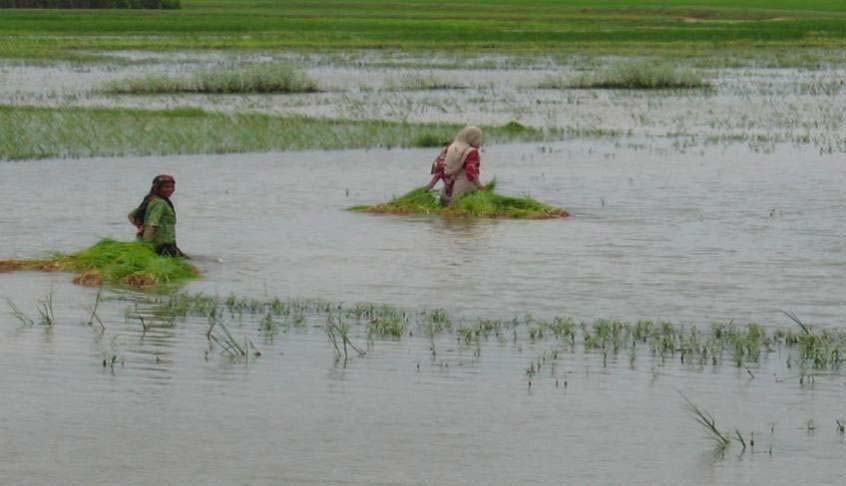 These three sets of presentation by Eklavya Prasad, Practitioner, Natural and Social Resource Management have been summarized below -
These three sets of presentation by Eklavya Prasad, Practitioner, Natural and Social Resource Management have been summarized below -
Bihar’s flood survival mechanisms
North Bihar is drained by an extensive network of eight major rivers - Ghaghra, Gandak & Burhi Gandak, Adhwara group of rivers, Bagmati, Kamla, Bhutahi Balan, Kosi and Mahananda and practically all of them have their catchments in the Nepal Himalaya. Bihar comprises of 16.5 per cent of the total flood affected area of the country and houses 56.5 per cent of the total flood affected people in the country out of which 76 per cent reside in North Bihar.
The presentation traces the various proposals put forward by the government on flood management in North Bihar such as the plan of constructing a dam on Kosi at Barahkshetra in Nepal even when critics like Bhabha defined embankments as the most outdated technique to control floods. The plans were justified by the government on the grounds of irrigation benefits and hydel power generation. The government grabbed the opportunity to establish its credibility by adopting adhoc flood management strategies when a major flood occurred in 1953 in the area. Following the construction of the embankment natural tanks and lakes in the countryside started dying an unnatural death and the fertility of soil was impacted. The presentation discusses how it does not pay to tamper with the flow of the river carrying heavy sediments. It also explains the perpetuation of mismanagement of public fiscal resources by the tripartite vicious nexus of politicians, contractors and engineers.
Pictorial presentation of annual floods in north Bihar
The problems faced by the people in these flood prone areas are of availability of limited livelihood opportunities, high rate of unemployment, low household income levels and inaccessible health facilities. The salient features of the area are (a) recurring disaster (b) annual displacement (c) inaccessibility to safe drinking water (d) total dependency on external sources and (e) adhoc disaster management strategy – only short term relief oriented.
How do people survive the annual disaster?
The modus operandi for surviving the annual disaster is two pronged (a) short term measures – survival mechanisms during the disaster and (b) long term strategies - ensuring a secure future. The long term strategies cover livelihood opportunities, dwelling and drinking & sanitation facilities. The presentation concludes with a list of strategies to be adopted to mitigate floods.